In the hidden corners of our planet, some animals have evolved a fascinating trait: bioluminescence, or the ability to produce their own light. This natural glow can be found in creatures from the deep ocean to forest floors, serving different purposes, from luring prey to avoiding predators. Each bioluminescent species has a unique story to tell, showcasing nature’s creativity in the most unexpected places. Here’s a closer look at some of the world’s most mysterious glowing animals and the incredible ways they use their light.
Deep-Sea Anglerfish (Lophiiformes)
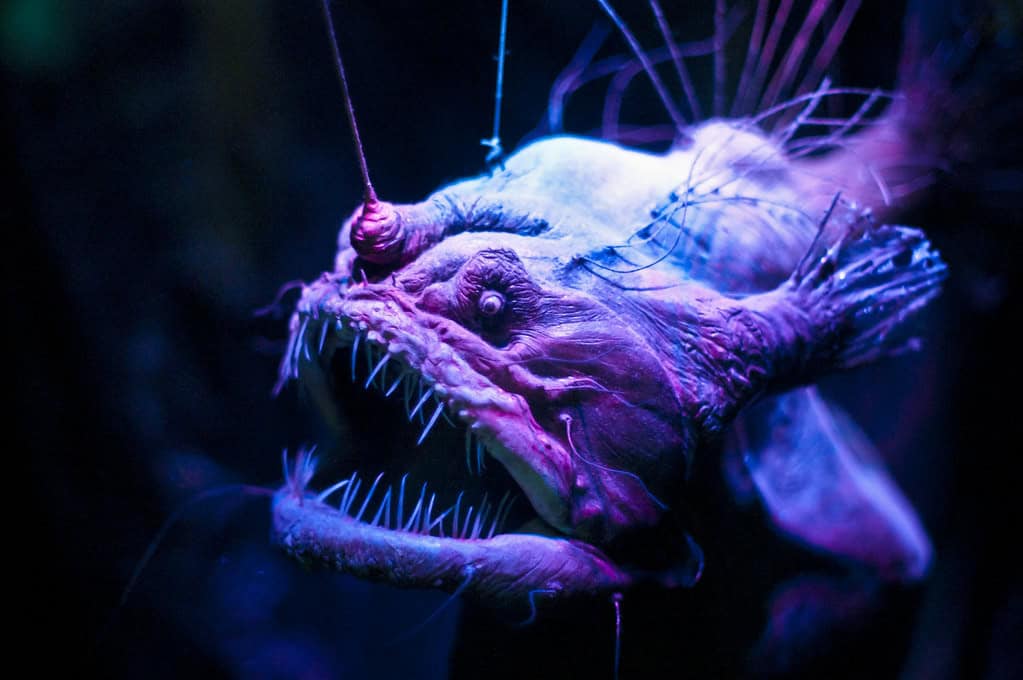
Residing in the abyssal depths of the Atlantic and Antarctic Oceans, deep-sea anglerfish are renowned for their bioluminescent lures. These lures, extensions of the dorsal spine, emit light produced by symbiotic bacteria, attracting unsuspecting prey in the pitch-black environment. The light’s intensity and color can vary among species, aiding in species-specific communication and predation strategies. Females are notably larger than males and possess the luminous lure, while males are significantly smaller and lack this feature. This sexual dimorphism is linked to their unique reproductive strategy, where males attach to females for sustenance and fertilization. Its bioluminescence is a prime example of evolutionary adaptation to extreme deep-sea conditions. Recent studies have identified over 200 species within the Lophiiformes order, each exhibiting distinct bioluminescent patterns.
Firefly Squid (Watasenia scintillans)
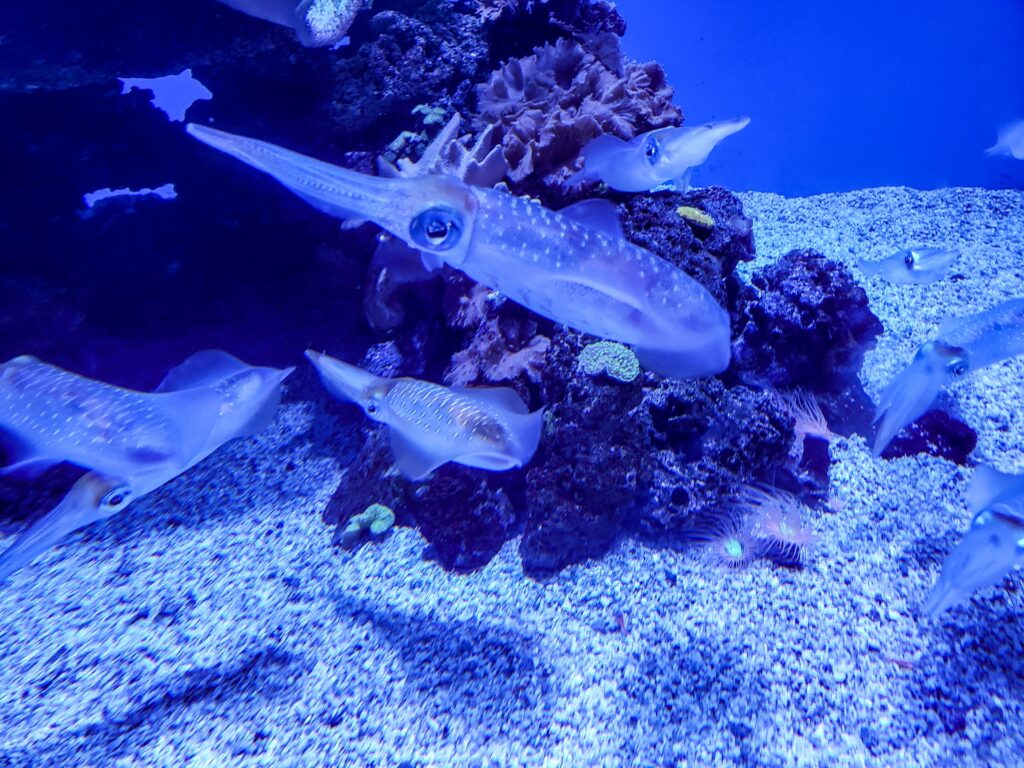
Native to the deep waters of the Western Pacific Ocean, particularly around Japan, the firefly squid is celebrated for its mesmerizing light displays. Measuring approximately 7.5 centimeters, this cephalopod possesses photophores on its tentacles and body, emitting a vivid blue light. During spawning season, vast numbers ascend to the surface, illuminating the sea—a spectacle attracting numerous tourists. The bioluminescence serves multiple functions: communication, camouflage, and luring prey. Notably, it is one of the few cephalopods with color vision, allowing it to detect and respond to various light wavelengths. Its life cycle is short, typically one year, culminating in a mass spawning event before death. The species is also a culinary delicacy in Japan, often served as sashimi or boiled.
Crystal Jelly (Aequorea victoria)
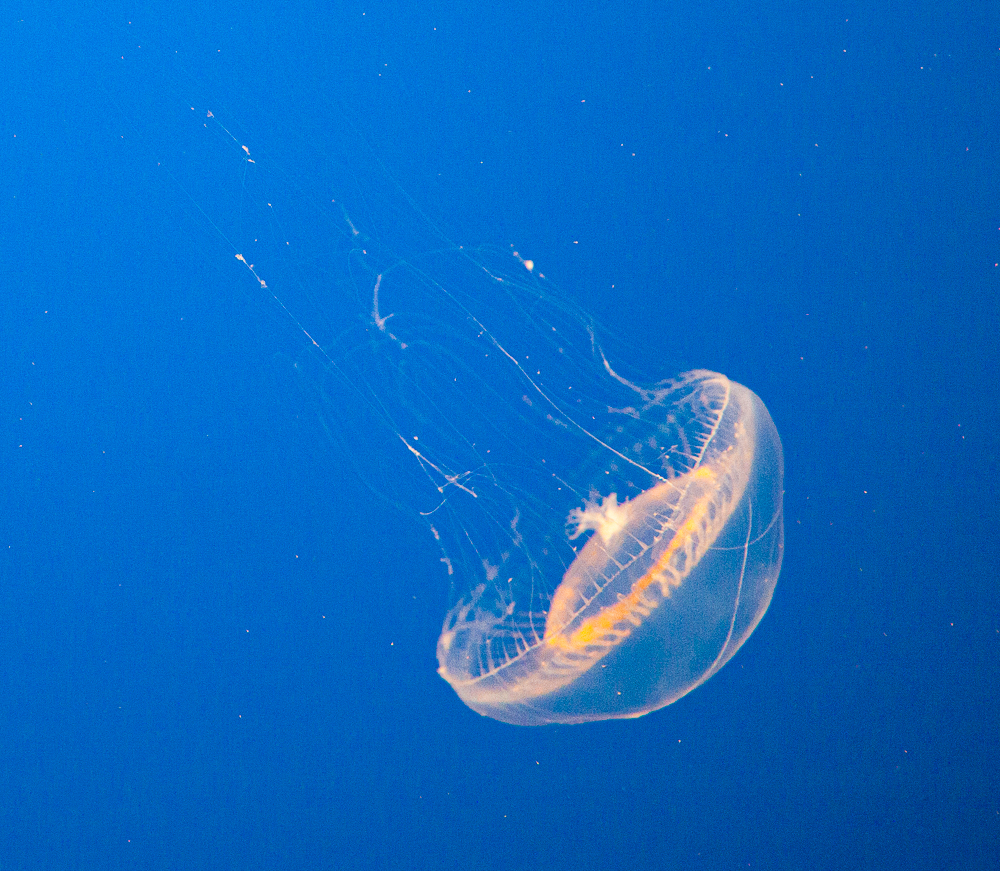
Inhabiting the Pacific Ocean’s coastal waters from North America to Japan, the crystal jelly is a transparent jellyfish known for its bioluminescence. It produces a greenish-blue light through the interaction of the proteins aequorin and green fluorescent protein (GFP). This luminescence is believed to deter predators and may play a role in communication. The discovery of GFP in Aequorea victoria has been pivotal in biomedical research, serving as a marker in various cellular and molecular studies. Its bell can reach up to 10 centimeters in diameter, with numerous tentacles extending from its edge. Its diet primarily consists of small planktonic organisms, captured using its stinging cells. Its contribution to science underscores the importance of marine biodiversity.
Hawaiian Bobtail Squid (Euprymna scolopes)
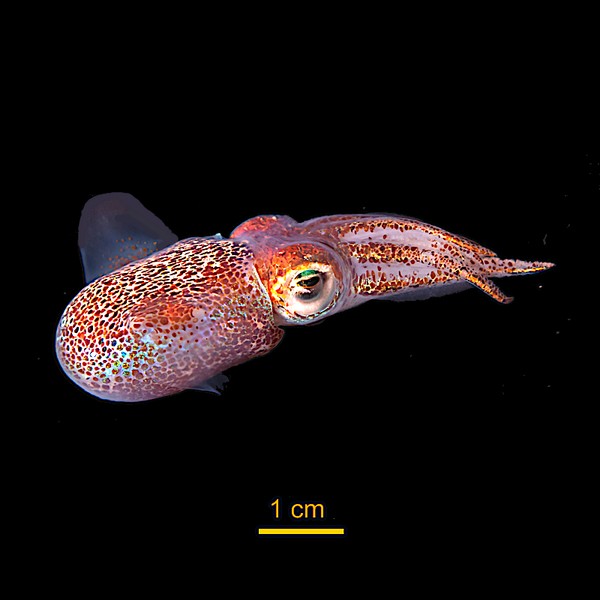
Endemic to the shallow coastal waters of Hawaii, the Hawaiian bobtail squid has a unique symbiotic relationship with bioluminescent bacteria (Vibrio fischeri). These bacteria colonize a specialized light organ within the squid, providing camouflage by counter-illumination, matching the ocean surface’s light to avoid predators. It can regulate the intensity of this light, controlling the bacterial population through daily expulsion and recolonization cycles. This mutualistic relationship is a model system for studying symbiosis and microbial colonization. The squid itself is small, about 3 centimeters in length, and exhibits nocturnal behavior, burying itself in the sand during the day. Its diet includes small crustaceans and fish, which it captures using its rapid tentacle movements. Research into this symbiosis has provided insights into immune system development and bacterial communication.
Lanternfish (Myctophidae)
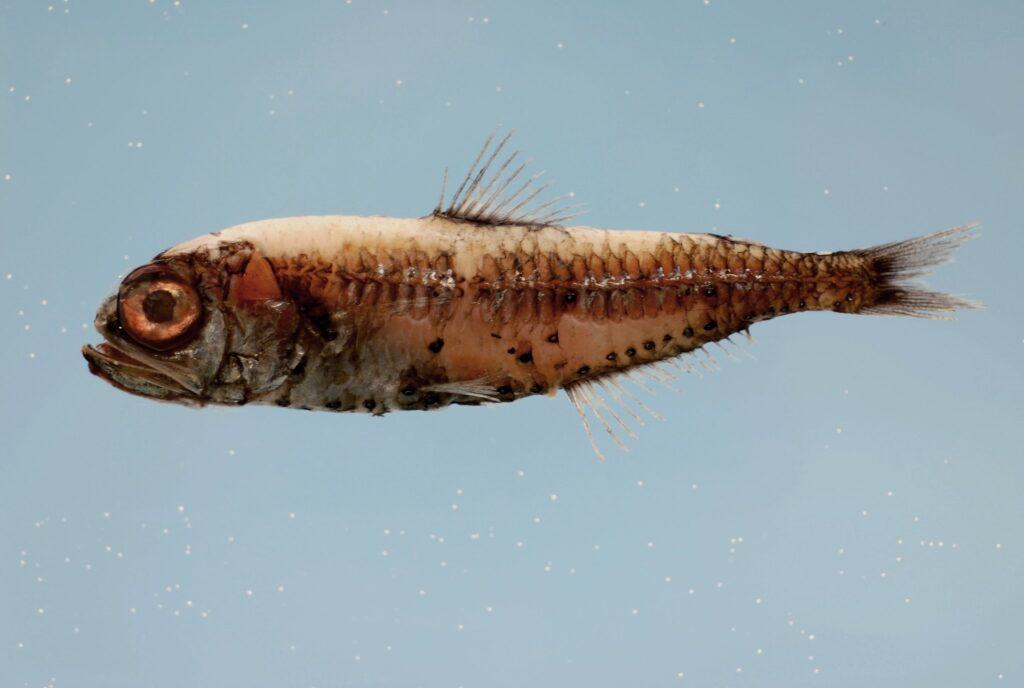
Occupying the mesopelagic zone of oceans worldwide, lanternfish are among the most abundant vertebrates on Earth. They possess photophores arranged in species-specific patterns along their bodies, emitting blue or green light. This bioluminescence aids in counter-illumination camouflage, communication, and attracting mates. They undertake daily vertical migrations, ascending to near-surface waters at night to feed on plankton and descending during the day to avoid predators. Their biomass plays a crucial role in marine food webs, serving as prey for larger fish, squid, and marine mammals. The light patterns are also used in species recognition, preventing interbreeding among the numerous species within the family. Studies estimate that they contribute significantly to the ocean’s carbon cycle through their feeding and migratory behaviors.
Glowing Millipede (Motyxia)
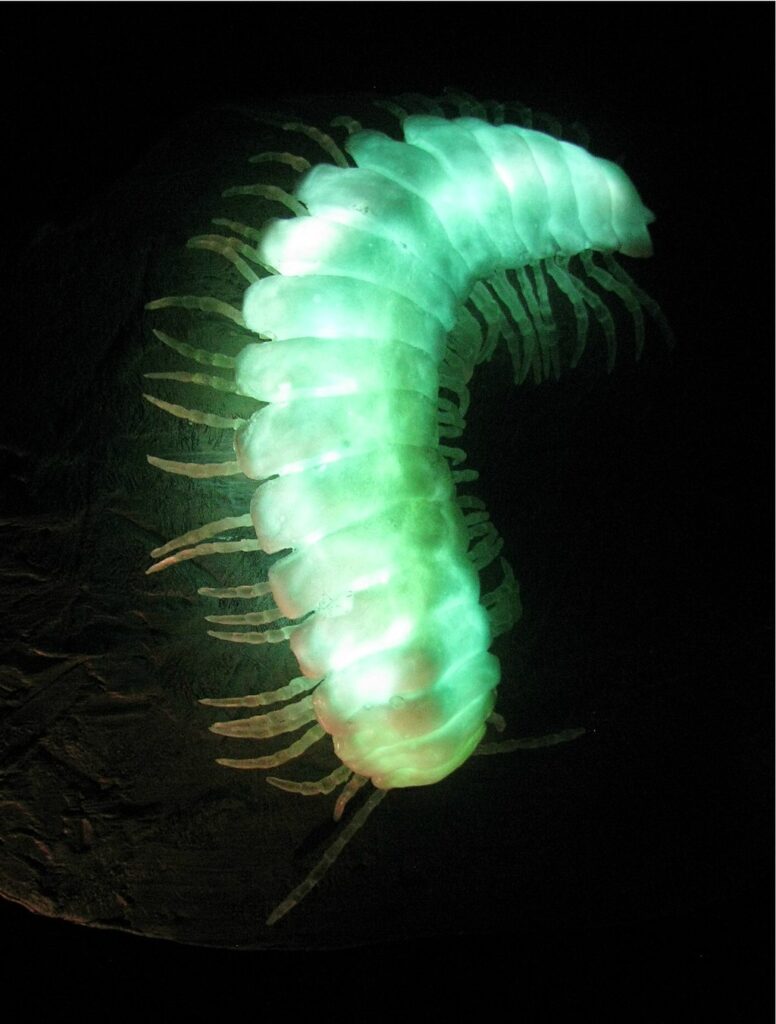
Found in the Sierra Nevada mountains of California, the genus Motyxia comprises millipedes that exhibit a greenish-blue glow. This bioluminescence is a defense mechanism, warning predators of their toxicity, as they produce cyanide compounds. The glow is continuous and visible in darkness, unlike many bioluminescent organisms that emit light in response to stimuli. Motyxia species are blind and nocturnal, feeding on decaying plant material, contributing to nutrient cycling in their ecosystem. The intensity of their glow correlates with the level of cyanide production, providing an honest signal to potential predators. Research suggests that their bioluminescence may also play a role in deterring parasites. These millipedes are an example of terrestrial bioluminescence, which is less common than marine occurrences.
Flashlight Fish (Anomalopidae)
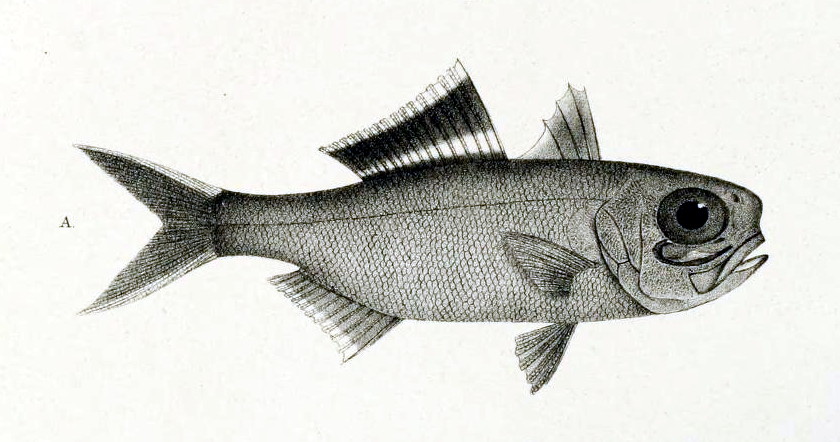
Found in the warm coastal waters of the Indo-Pacific and Caribbean, flashlight fish are known for their unique light-producing organs under each eye. These organs contain bioluminescent bacteria, which the fish can cover and reveal to produce flashes of light. This light serves multiple purposes, including communication within schools, attracting prey, and confusing predators. They are nocturnal, feeding on plankton and small crustaceans in the water column. During the day, they hide in crevices to avoid daylight predators, only venturing out after sunset. The ability to control the flashes helps the fish navigate in pitch-black waters. They are rarely seen by divers because they live in deep, dark waters during daylight hours.
Atolla Jellyfish (Atolla wyvillei)

The Atolla jellyfish, often referred to as the “alarm jellyfish,” inhabits deep waters around the globe and is known for its dazzling bioluminescent display. When threatened, it emits a bright blue light in a series of flashes that resemble a “burglar alarm,” likely to attract larger predators to fend off its attacker. It has a distinct, saucer-shaped body and can reach up to 20 centimeters in diameter. The flashes also serve as a way for the jellyfish to communicate with other Atolla jellyfish in the vicinity. It typically preys on small fish and plankton, catching them with its long tentacles. Its unique flashing behavior is an adaptation to its deep-sea habitat, where escape options are limited. This mechanism exemplifies nature’s innovative approaches to survival.
Dinoflagellates (Dinoflagellata)

Dinoflagellates are microscopic planktonic organisms found in ocean waters worldwide, known for creating spectacular bioluminescent displays in shallow waters. These tiny creatures emit a blue glow when disturbed, creating glowing waves often seen along tropical coastlines. Their bioluminescence acts as a defense mechanism, possibly startling predators or attracting larger predators to their would-be attackers. They can form “red tides,” although only a few species are toxic to marine life. They play a crucial role in marine ecosystems as a primary food source for various marine animals. The mesmerizing glow of dinoflagellates is popular among tourists in locations like Puerto Rico’s bioluminescent bays. This natural wonder underscores the fragile beauty of marine life.
Railroad Worm (Phrixothrix)
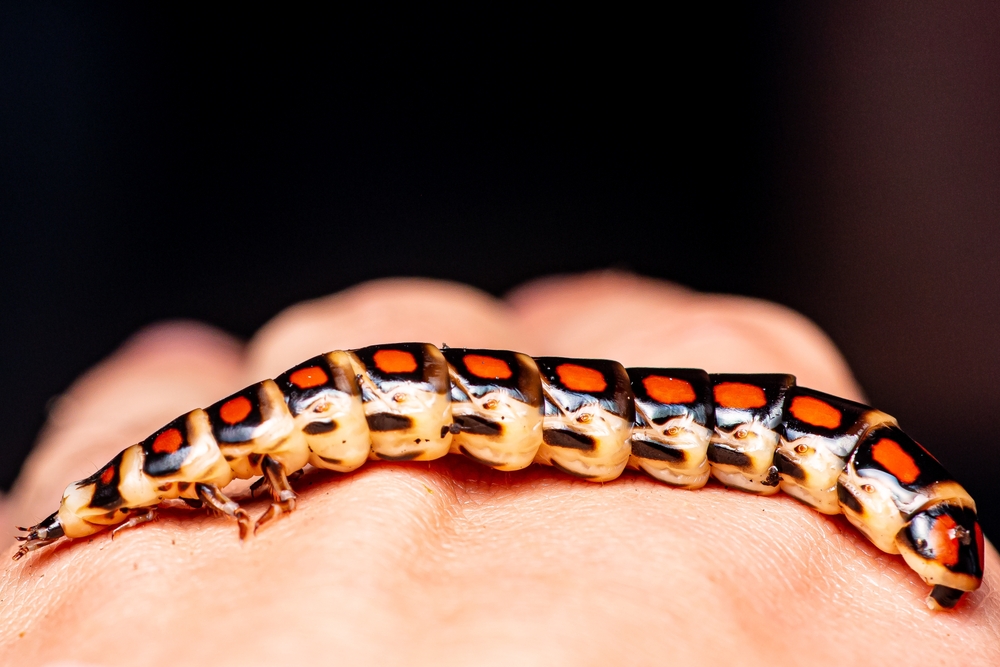
Native to South America, the railroad worm is a unique terrestrial bioluminescent insect that displays both red and green lights along its body. The larvae emit a green light from segments along their sides and a red light from the head, mimicking the appearance of train lights moving along a track. This unusual color variation is used as a warning to potential predators, as the worm produces toxic chemicals. The red light is particularly rare in bioluminescent organisms and adds to the railroad worm’s uniqueness. It feeds on other insects, often consuming them alive, and spends much of its life in its larval stage. Its bioluminescent colors are not only a defense mechanism but also make the railroad worm a rare example of terrestrial multi-colored bioluminescence.
Glowing Cockroach (Lucihormetica luckae)
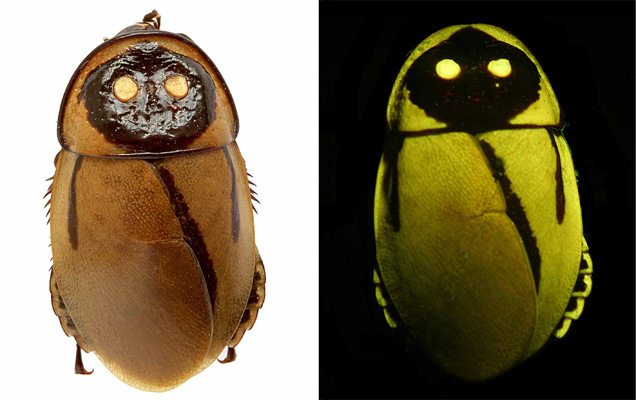
Discovered in Ecuador, the glowing cockroach (Lucihormetica luckae) is an extraordinary insect with bioluminescent properties. This cockroach has glowing patches on its body that mimic the light patterns of toxic beetles, possibly to ward off predators. Its bioluminescence is relatively rare among terrestrial insects, making it a fascinating subject for researchers studying mimicry and survival strategies. It lives in tropical forests and has evolved to produce light through a unique cellular structure, rather than bacterial symbiosis, which is more common among bioluminescent organisms. Its glow is faint and typically visible only in darkness, where it serves its purpose as a defensive adaptation. Although rare and little studied, it highlights the adaptive versatility of bioluminescent organisms in diverse environments.
This article originally appeared on Rarest.org.
More from Rarest.org
10 Endangered Cultural Practices Preserved by Indigenous Tribes
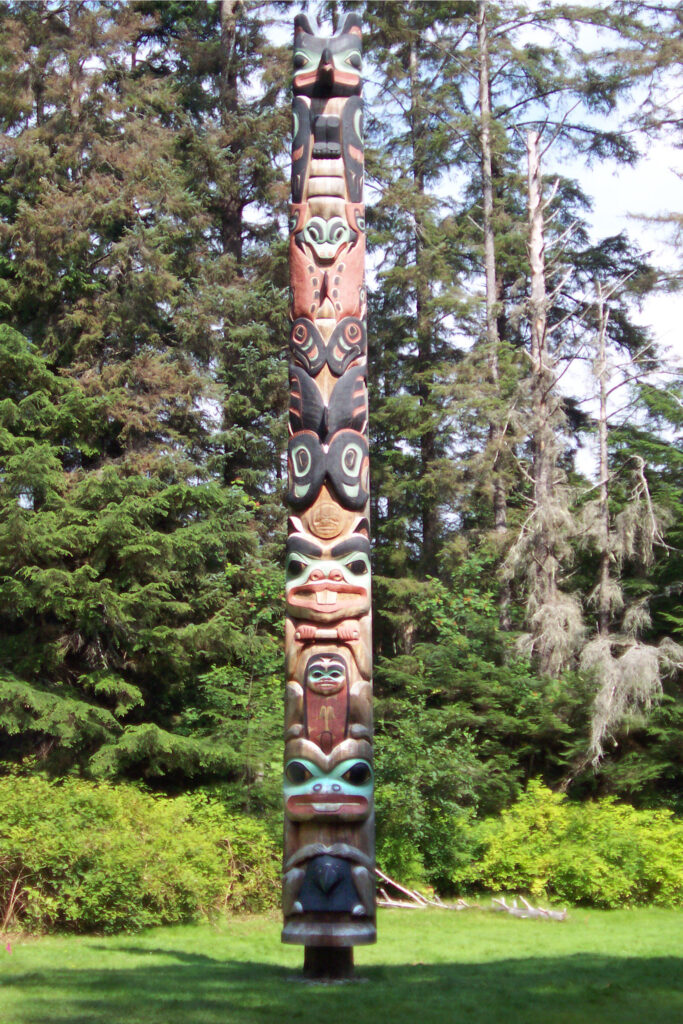
Indigenous tribes around the world hold a wealth of cultural practices that have endured for generations. Many of these traditions are at risk due to modernization, environmental changes, and external pressures. However, tribes continue to preserve these practices, ensuring that their heritage remains alive. Read More.
14 Enigmatic Islands with Unexplained Features

Islands hold an air of mystery, often shrouded in legends and unexplained phenomena. Some islands, however, go beyond typical intrigue, puzzling explorers and scientists alike. These enigmatic landforms have baffled visitors with strange artifacts, ancient ruins, and unexplained features that defy logical explanation. Read More.
10 Largest Mosques in the World

Mosques are not just places of worship but also architectural marvels that represent the cultural, spiritual, and artistic heritage of the Islamic world. Across the globe, these structures stand out for their immense size, intricate designs, and historical significance. Read More.
